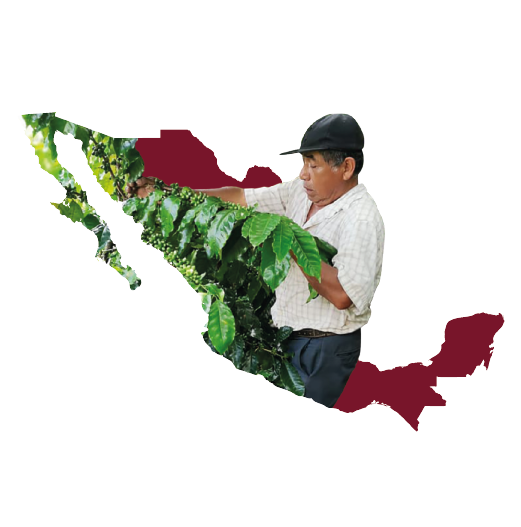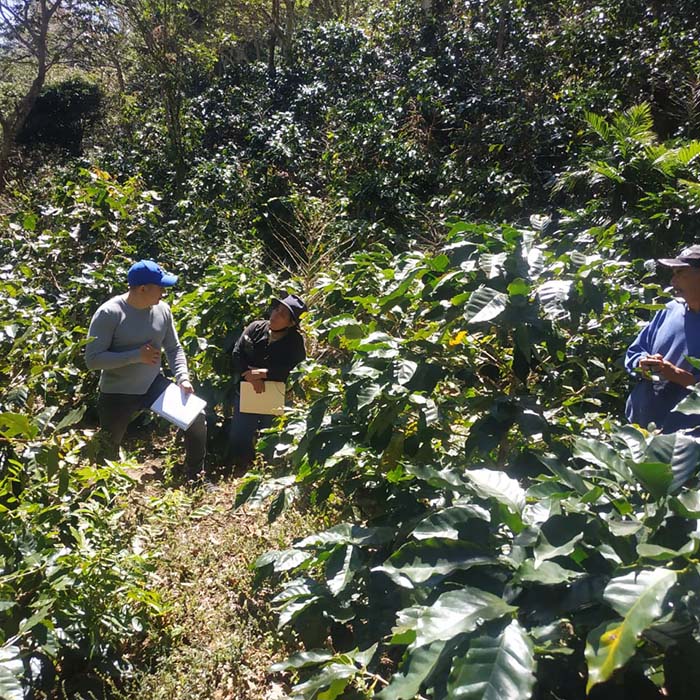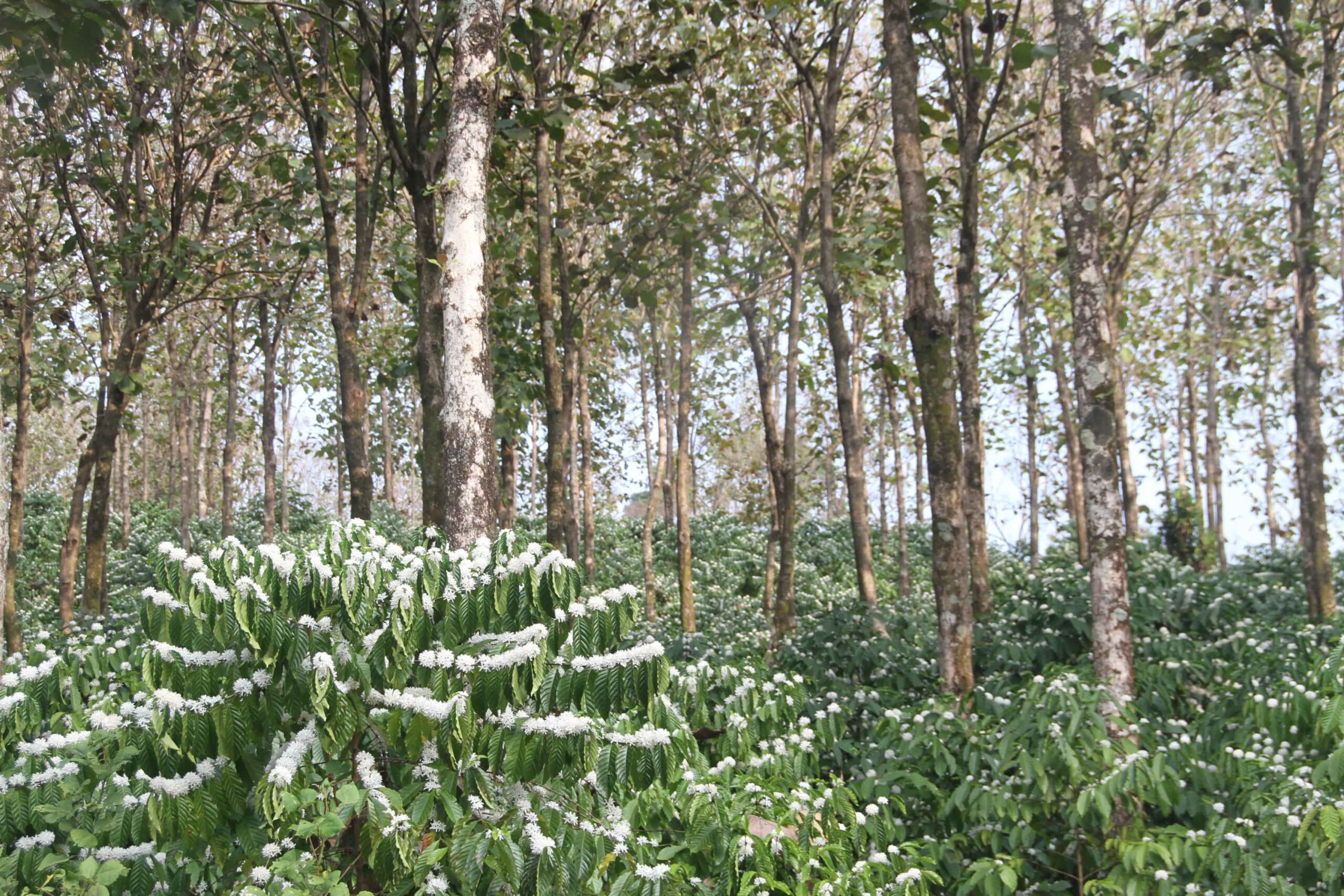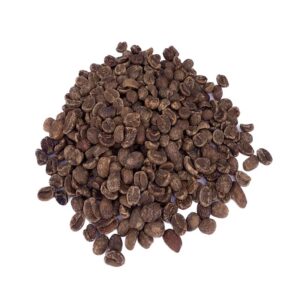From 24 to 30 November
Black Week Offers
- Free shipping!
- On green coffee orders over €1,500


Mexico is located in the southern part of North America and is composed of 8 regions and 32 states with a total area of 1.97 million km² and an estimated population of 127.58 million inhabitants.
It is the northernmost coffee-growing country of the American continent, with a great diversity of ecosystems ranging from the highest mountains where coffee plants grow to the deepest seas, passing through deserts and coral reefs, cloud forests and coastal lagoons. Mexico is the fourth of the so-called megadiverse countries, a group of nations whose national lands and waters are home to more than 70% of the planet’s biodiversity.
The highlands of Mexico andThe rich nutrients of its volcanic soils combine to create a natural environment ideal for growing high quality coffee beans. Coffee cultivation in Mexico generates more than 515,000 jobs.The country’s coffee trees are spread over more than 700,000 hectares and 98% of its production is of the Arabica species, occupying the 13th position as a world producer.
Mexican coffee has a high economic and social value for the country, being one of the main agricultural products traded in international markets. It is one of the main agricultural products traded in international markets.

The coffee-growing region of Chiapas is located in the southwestern region of the country, bordering Tabasco to the north; its capital is Tuxtla Gutiérrez. The Chiapas region is home to 5.5 million inhabitants and covers an area of 252,744 km². has 88 coffee-growing districtsThese districts are home to more than 70,000 families dedicated to coffee growing, in total there are 180,000 hectares in the region dedicated to coffee cultivation, the most cultivated varietals in the Oaxaca region are Tipica, Caturra, Borbón, Catimor 129 and Mundo Novo. Oaxaca is Mexico’s number 1 coffee-growing region
